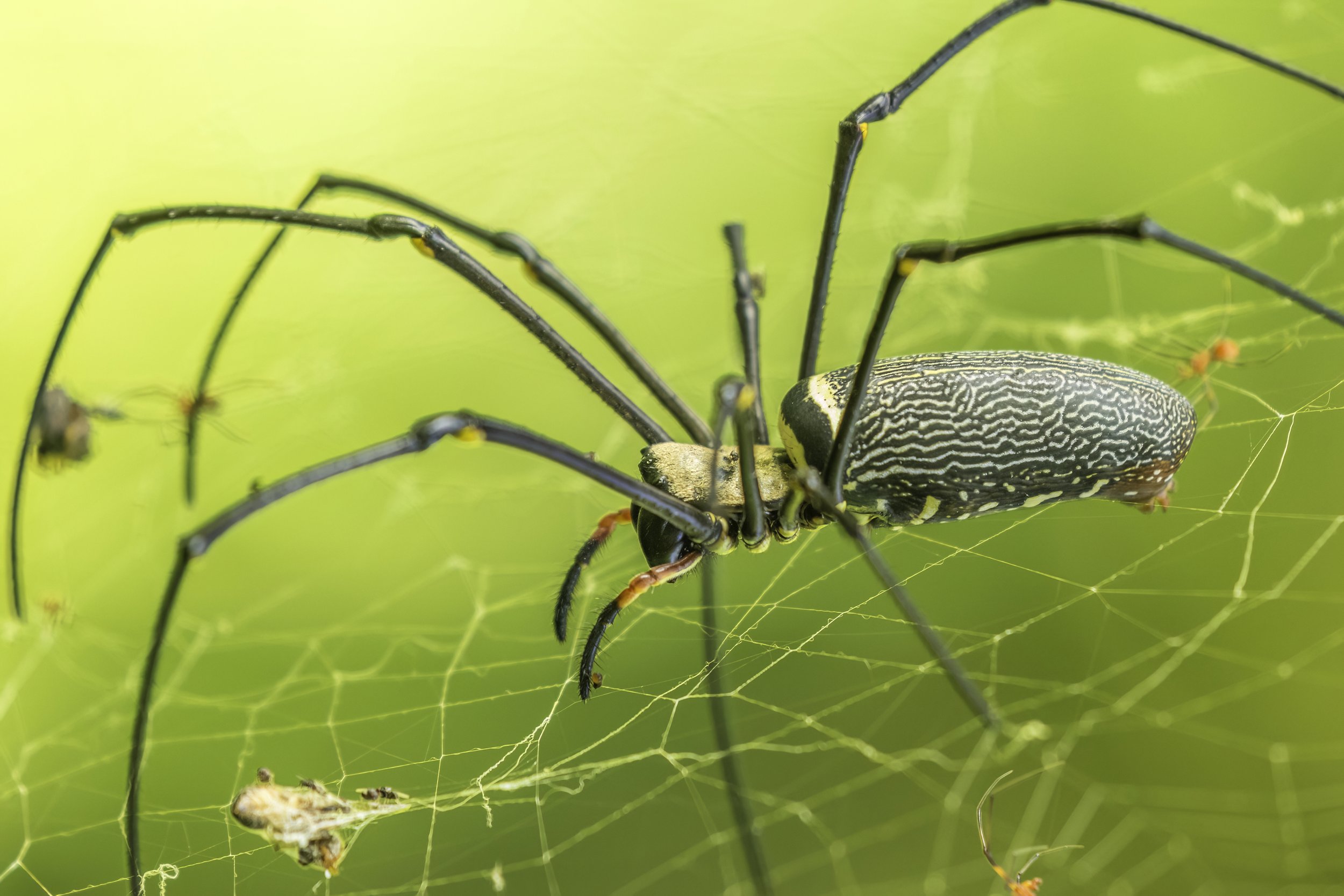Stork-billed Kingfisher
A massive tree kingfisher widely but sparsely distributed in the tropical Indian subcontinent and Southeast Asia. It sports a large scarlet bill, olive-brown head with dark green-blue upperparts & buff underparts. Its regular contact call is a loud laughing “ka-ka-ka” repeated 6-10 times. It prefers large streams, rivers, and the edges of large water bodies with vegetated banks.
#wildartworks, #Canon, #PromediagearTR424L, #Bird, #Birdinginthewild, #BirdWatching, #Wildlife, #WildBirds, #naturephotography, #your_best_birds, #planetbirds, #earthcapture, #photo_pond, #earthpix, #naturyst, #conservationphotography, #wildlifeonearth, #bbcearth, #natgeowild, #natgeoindia, #animalsofinstagram, @globalcapture, #singapore, #storkbilledkingfisher, #kingfisher, #treekingfisher, #sungeibulohwetlands,
Gray Heron
The Gray Heron (Ardea cinerea) is a long-legged wading bird of the heron family, Ardeidae, native throughout temperate Europe and Asia, and also parts of Africa. Generally quite common and conspicuous in wetland habitats from marshes and tidal flats to small ponds, ditches, and wet fields; nests colonially in tall trees. Mainly seen as singles or in small groups, standing quietly in or at the edge of water, less often hunting in fields. Plumage is mostly gray overall, with paler neck; the adult has white crown, black eyebrows, and a black shoulder patch. Like other herons and egrets, flies with neck pulled in to form a bulge.
#wildartworks #canon #Wildlife #wildlifephotography #natgeoindia #conservationphotography #indian_wildlifes #indianwildlifeofficial #wildlifeonearth #planet_untamed_magazine #bbcearth #natgeowild #birdsofthedeccan #manjeera #sungeibuloh #ranganathittubirdsanctuary #bhigwanbirdsanctuary #ammavaripetcheruvu #grayheron #greyheron #heron #heronconservation
Collared Kingfisher
The Collared Kingfisher (Todiramphus chloris) is a medium-sized kingfisher belonging to the subfamily Halcyoninae, the tree kingfishers. It is also known as the white-collared kingfisher, black-masked kingfisher or mangrove kingfisher. It has a wide range extending from the Red Sea across southern Asia to Polynesia.
#wildartworks, #Canon, #PromediagearTR424L, #Bird, #Birdinginthewild, #BirdWatching, #Wildlife, #WildBirds, #naturephotography, #your_best_birds, #planetbirds, #earthcapture, #photo_pond, #earthpix, #naturyst, #conservationphotography, #wildlifeonearth, #bbcearth, #natgeowild, #natgeoindia, #animalsofinstagram, @globalcapture, #singapore, #collaredkingfisher, #kingfisher, #whitecollaredkingfisher, #blackmaskedkingfisher, #mangrovekingfisher,
Giant Golden Orb Weaver/ Giant Wood Spider
Nephila is a genus of araneomorph spiders noted for the impressive webs they weave. Nephila consists of numerous species found in warmer regions around the world, although some species formerly included in the genus have been moved to Trichonephila. The name Giant Wood Spider is used to refer mainly to Nephila pilipes, which is very often seen, owing to its size and needless to say the size of its web. This is a common spider in the jungles of peninsular India, where webs built across large open spaces (and at times spanning up to 2 meters) are not uncommon. They are also called the Giant Golden Orb Weaver. Often, the webs of all these Golden Orb Weavers are inhabited by kleptoparasites. As a group, they also exhibit extreme male dwarfism and female gigantism.
#wildartworks, #Canon, #Wildlife, #naturephotography, #earthcapture, #earthpix, #naturyst, #conservationphotography, #yesbbcearth, #indian_wildlifes, #indianwildlifeofficial, #wildlifeonearth, #bbcearth, #natgeowild, #natgeoindia, @globalcapture, #giantwoodspider, #goldenorbweaver, #giantgoldenorbweaver, #nephilapilipes, #nephila, #spider, #woodspider, #goldensilkorbweavers, #goldenorbweavers, #giantwoodspiders, #banana spiders,
Black-naped Oriole
The black-naped oriole is a passerine bird in the oriole family that is found in many parts of Asia. A typical yellow and black Old World oriole, the male is entirely golden-yellow apart from black wings & tail and a broad black band through the eyes. The tail and wings have yellow tips and the bill is deep pinkish. The female is similar to the male but with more yellowish-green upperparts. Juveniles show streaked underparts. They are found in a variety of forest habitats, including plantations and gardens; foraging in the forest canopy. There are several distinctive populations within the wide distribution range of this species and in the past the slender-billed oriole was included as a subspecies.
#wildartworks, #canon, #Birdsinwild, #BirdWatching, #Wildlife, #WildBirds, #naturephotography, #exclusivewildlife, #natgeoindia, #conservationphotography, #indian_wildlifes, #indianwildlifeofficial, #wildlifeonearth, #planet_untamed_magazine, #bbcearth, #natgeowild, #sungeibuloh, #bishanangmokiopark, #indianbirds, #bedokreservoir, #blacknapedoriole, #oriole,
Asian Koel
The Asian Koel is a large shy bird, distinctive in all plumages, usually secretive, keeping to the interior of dense trees in many habitats belonging to the cuckoo order of birds, the Cuculiformes. It is found in the Indian Subcontinent, China & Southeast Asia. It forms a superspecies with the closely related black-billed koels, and Pacific koels which are sometimes treated as subspecies. This is a bird without borders, frequently heard but rarely seen.
#wildartworks #canon #Wildlife #wildlifephotography #telanganabirds #natgeoindia #conservationphotography #indian_wildlifes #indianwildlifeofficial #wildlifeonearth #planet_untamed_magazine #bbcearth #natgeowild #birdsofthedeccan #hyderabadbirds #lakesofhyderabad #ameenpur, #biodiversityheritagesite, #HyderabadBiodiversity, #heritagesite, #ameenpurlake, #ancientmanmadelake, #manmadelake, #asiankoel, #koel, #manjeera, #sungeibuloh, #ranganathittubirdsanctuary, #bhigwanbirdsanctuary, #bishanangmokiopark, #chincholi, #chandrampally, #indianbirds,
The Loyang Rock
The Loyang Rock is a traditional nesting site for the rare Black-naped Terns (Sterna sumatrana),an oceanic tern, which arrive in March. These birds start roosting on the rock between April to August, before leaving for the South China Sea after. They have a habit of following passing large ships en masse. When a vessel approaches, a great number would shadow the stern. They appear to be attracted to the wake stirred up by the ship’s passing. Could it be that the movement of the large ship forces up benthic or other marine organisms to the surface, thus giving the terns, which do not dive very deeply, easy pickings?
#wildartworks, #blacknapedterns, #birdinginthewild, #birdphotography, # oceanicterns, #terns, #loyangrock, #LoyangRocks, #Loyang,








